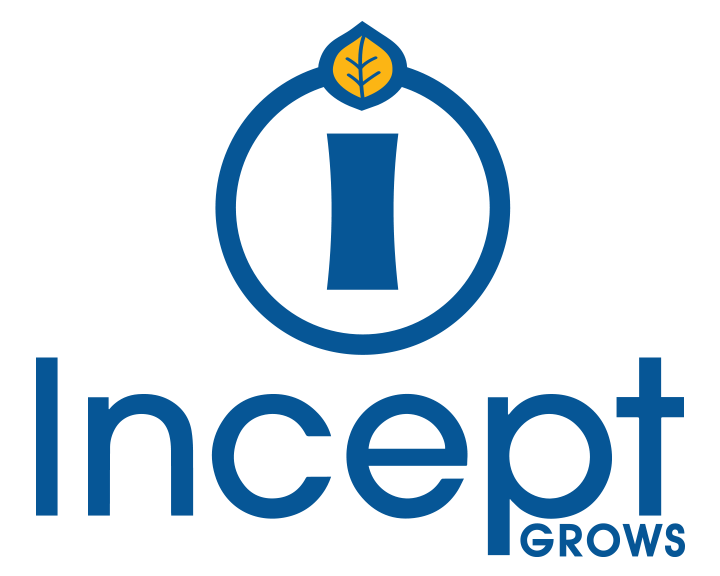How To Boost Sales At A Manufacturing Company
The story of the rust belt in Ohio is resonant of the manufacturing industry across the country these days: Succession plans have happened, are happening, or will happen soon, and with that comes a flux in sales and marketing that could make or break the company.
As you plan out your growth goals, here are some steps we recommend to make sure you exceed those goals in the most efficient, strategic manner.
Stabilize and Grow Current Customers
Segment the customer base for your core product
Even if you boast a vast range of capabilities, you probably have one or two applications that you do best, are most profitable, or you just prefer to focus on. This first step is where you document and analyze buying trends for those customers who fit within this application.
A customer segmentation campaign, generally in the form of a phone or electronic survey, is designed to help you see what your best buyers look like, why they buy from you and not your competitors, why they switch suppliers, etc. Customer segmentation usually results in between 2 and 10 (or more) segments of your current customer base that allows you to craft sales tactics specific to each type of buyer.
Craft and execute sales tactics for each segment
For each segment it's important to develop a unique tactic that not only guarantees your customers continue to buy from you, but also provides opportunities to upsell and cross-sell existing customers.
For example, for your most loyal customers, we'll call them segment 1 out of 4, you may only need to send them a thank you note to cement the relationship. For your hit and miss or low volume customers (segment 4 of 4), you need to work on stabilizing them. This could take the form of a series of phone calls targeted specifically at educating them on your other capabilities or applications in effort to upsell or cross-sell them. The goal here is to get 1-product customers to buy another product.
Reactivate Lapsed Customers
Retrieve old customer data
Whether it means breaking into that old filing cabinet that you've lost the key to, or pulling a report from your ERP, compile data for lapsed customers. The definition of 'lapsed' varies. For simplicity, let's go with customers who haven't made a purchase in over a year.
Execute sales tactics planned from customer segmentation
Chances are, the majority of your lapsed customers will fall into one of the buckets you created using your current customer segmentation exercise. Using the same or similar sales tactics, reach out to these lapsed customers and tell them thanks, say you miss them, and maybe offer them something special if they place an order. From here, make sure you stay in front of them and take advantage of any upsell opportunities that come along.
Acquire New Customers Using a Look-Alike Campaign
Build an ideal customer profile
Using your learnings from Customer Segmentation, identify trends in Segment 1 (best customers) companies and use these to build a profile for ideal customers. Look for things like employee count, annual revenue, industry, and geography. All of this information is available in a national database like Hoover's or ReferenceUSA.
Create a list of ideal prospective customers using this profile
By creating an ideal customer profile, it allows you to have all the criteria you need in order to acquire a list of 'Look-Alike' companies.
Use a multi-channel, multi-touch prospecting approach
Put together a smart cadence of touchpoints across several channels to start targeting these companies. Recommended approaches include phone calls, personal email, LinkedIn interactions, and ongoing email blasts with relevant content and updates from your company.
Develop an Inbound Marketing Strategy
Create relevant digital content
Whether it's videos highlighting your company, how-to's that overview your capabilities, or simple blog posts like this, start generating great content that is relevant to your current and prospective customers.
Position yourself as thought-leaders in the industry
Companies that are doing this successfully are maintaining a steady drip of smart, relevant content, not only through email campaigns or newsletters, but in contributions to industry publications, speaking engagements, and webinar curation. Become the guru that people enjoy reading, listening to, or seeing speak about the applications of your capabilities or the implications on the industry.
Develop a web-presence that makes it easy for your buyers to find you
If you haven't already, go centralize and align your social media and web presence. This includes your LinkedIn, Facebook, Twitter, and Google+. The most successful companies are also leveraging Instagram and YouTube, as well as SnapChat. Make sure you have them all synced and updated with congruent messaging and branding across all platforms. These should all serve as a funnel, driving followers back to your company web site.
Keep your following engaged with ongoing content
Now that you've started, don't stop. Keep creating content, generating brand awareness, educating your prospect universe, and making it easy for them to get ahold of you when they need you.

